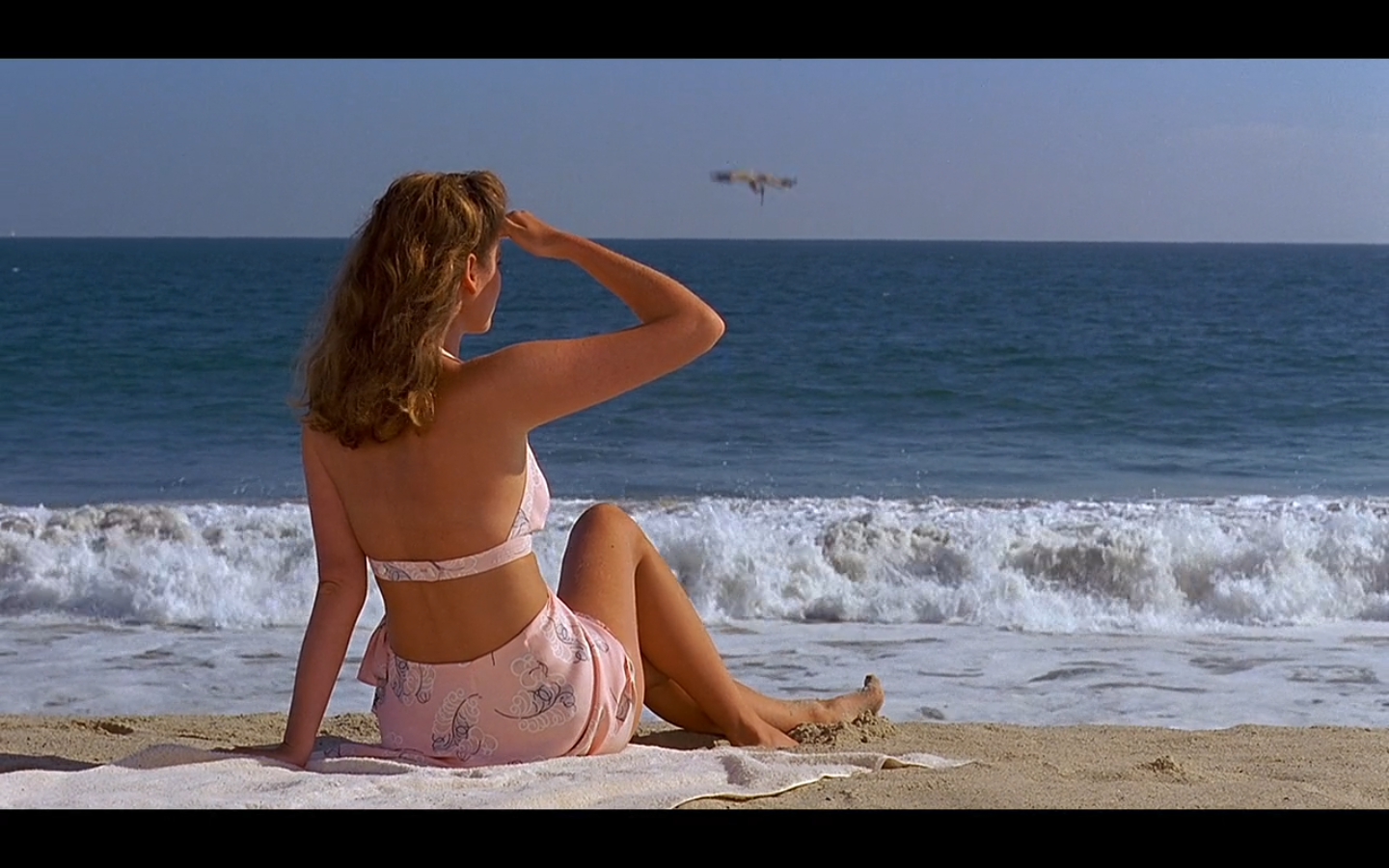After many years seeing it top lists of the Cohen Bros. best movies I finally saw Barton Fink streaming on Netflix and decided to watch it for the first time.
When it was done, I thought to myself — as many viewers of the movie apparently have, what was that all about? Luckily in 2018 I can do what viewers in 1991 (when the movie came out) could not do: Google it.
And to my delight, this Medium Article popped up, “Writers Come and Go”: 10 Reasons Why Barton Fink Is the Best Movie Ever Made About Writing.
Every semester, I show my Creative Writing 1 students the 1991 Coen Brothers film Barton Fink. Those students who are foolish enough to enroll in Creative Writing 2 (and unlucky enough to have me again for a teacher) watch it a second time in that course. Students always ask: “Why are we watching this?” This is a good question — I encourage my students to seek answers, and questioning authority has been my modus operandi since I was a child. I’m happy to discuss all of this.
[…]
Barton’s ego is the villain of this story. So convinced is he of his genius that he becomes blind to the desperate needs of everyone around him — Charlie, WP Mayhew, and Audrey. He fails to see his art as a tool to improve the world, and instead sees it only as a means of attracting praise. Therefore he fails as a writer. I don’t want my students to follow in his footsteps.
The movie is excellent and made all the better after reading the above analysis.
I wish I were a decent writer. This web page is about the closest thing I have for an outlet and I’m lucky if I can just whip something up once a month to kid myself into thinking this blog isn’t completely dead. Maybe this movie will be the inspiration I need to get back into blogging. Or maybe this entry will sit on the front page for the next year, symbolizing my own Barton Fink like writing block.
